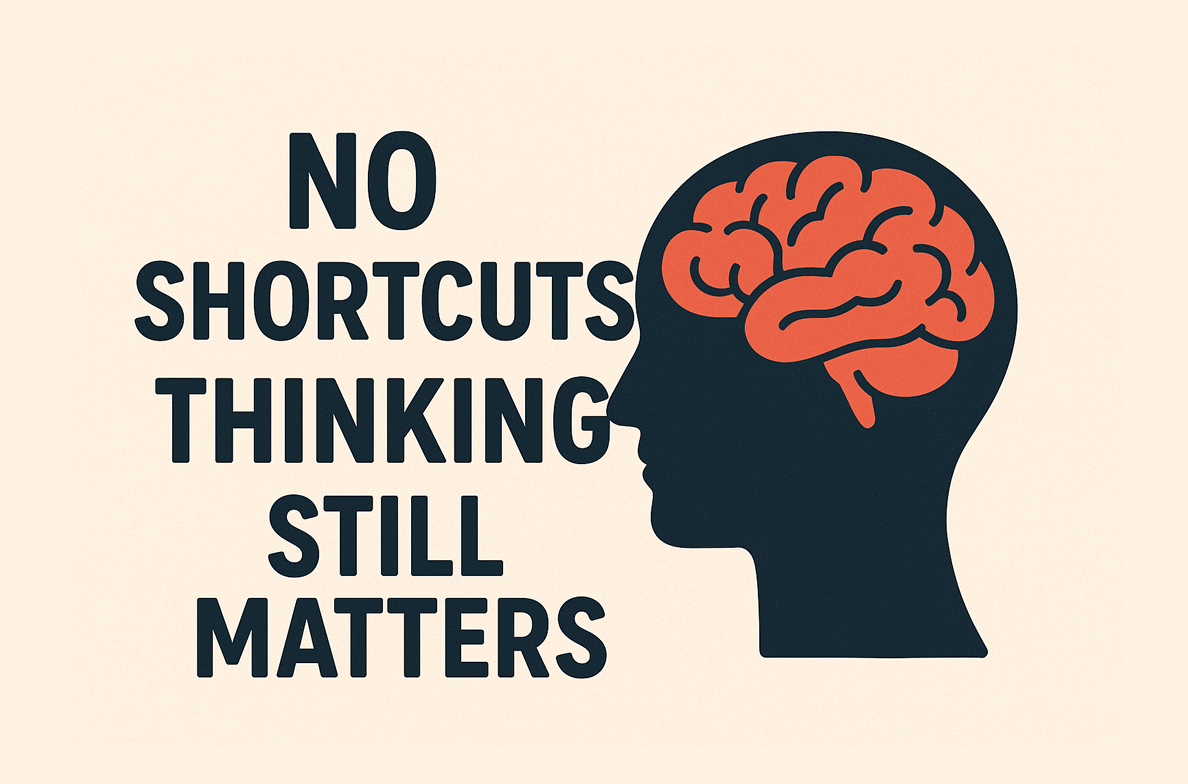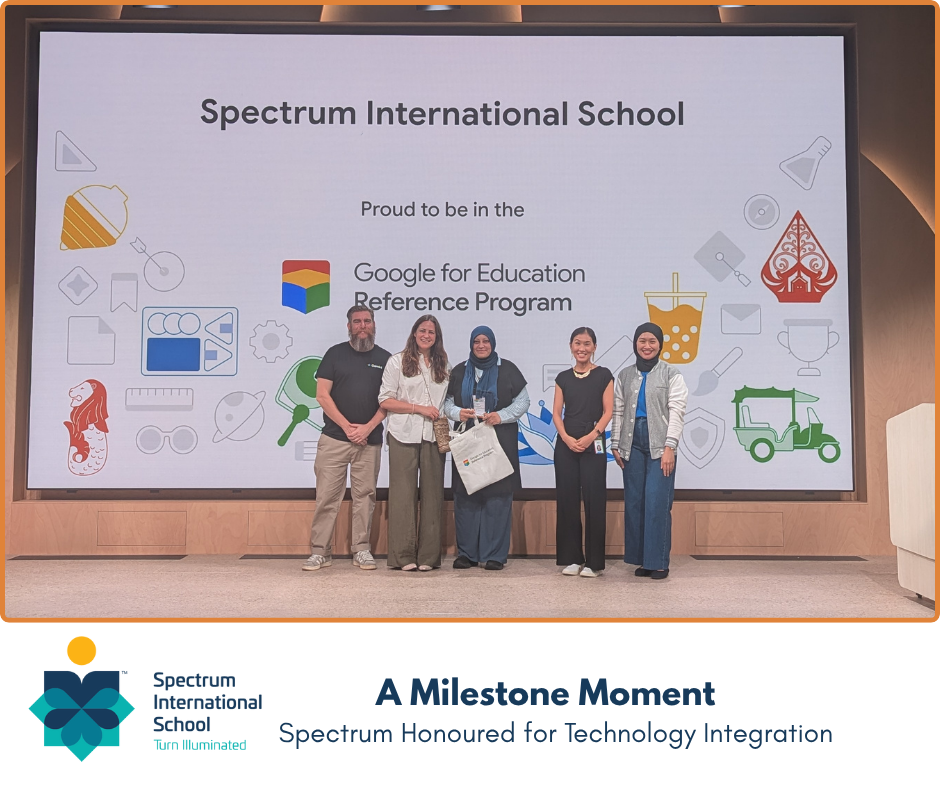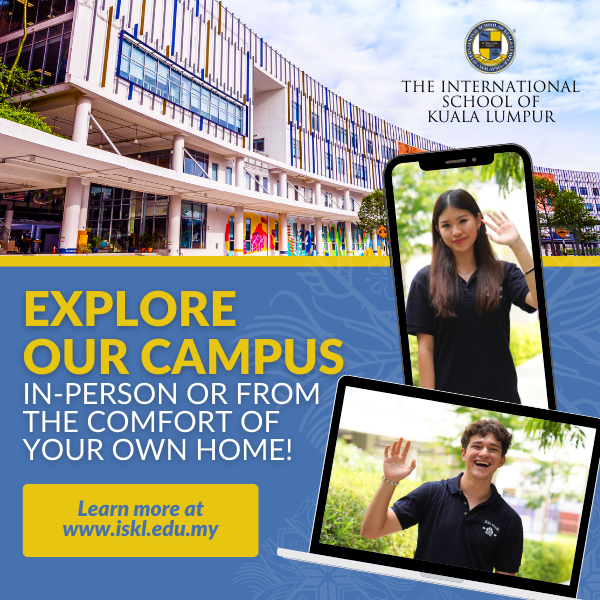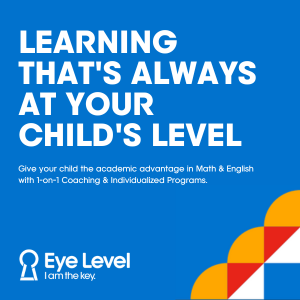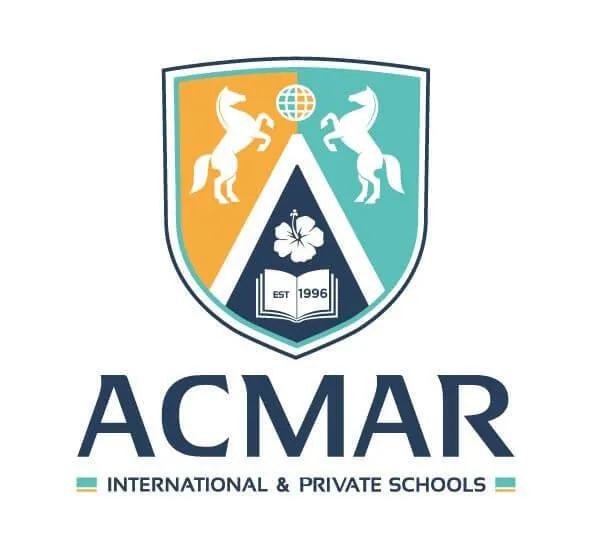Technology is changing education, and artificial intelligence (AI) is playing a big role. AI-powered tutors can provide personalized lessons, instant feedback, and 24/7 availability, making learning more accessible. This raises the question: Can AI replace human teachers? While AI offers many benefits, teaching is more than just delivering information or knowledge. Human teachers provide emotional support, motivation, and inculcate critical thinking skills, which AI cannot fully replicate. AI does not seek to replace educators, it is best viewed as a tool to enhance learning. This article explores AI’s role in education, its strengths, limitations and the future of AI in education.
The Rise of AI in Education
AI is being used more and more in schools, universities, and online learning platforms. It helps students learn in new ways and makes teaching easier for educators. Some common uses of AI in education include:
- AI Chatbots and Virtual Assistants: AI-powered chatbots like ChatGPT can answer questions from students, explain difficult concepts, and assist with homework anytime. This gives students instant support without waiting for a teacher.
- Adaptive Learning Platforms: Platforms like Squirrel AI and Carnegie Learning customize lessons based on each student’s progress. If a student struggles with a topic, the system adjusts by offering more practice. If a student excels, it moves them to more challenging material. This ensures that students learn at their own pace, making education more effective.
- AI-Powered Grading Systems: Grading assignments takes up a lot of a teacher’s time. AI can instantly grade multiple-choice tests, written assignments, and even essays using natural language processing. This helps teachers focus on providing more personalized feedback instead of spending hours on grading.
- Virtual Reality (VR) and AI-Driven Simulations: AI combined with VR creates immersive learning experiences. Students can perform science experiments in a virtual lab, visit ancient historical sites, or practice real-world skills like medical procedures or engineering designs. This makes learning more interactive and engaging than traditional textbook-based lessons.
- AI Voice Recorders for Lectures: AI-powered voice recorders can transcribe lectures in real time, helping students take better notes. These tools can also summarize key points, making it easier for students to review lessons. By integrating AI into education, students can learn in a way that suits them best, while teachers can focus on creativity, mentorship and meaningful interactions with their students.
These tools help students learn at their own speed, make learning more engaging, and allow teachers to focus on more meaningful aspects of teaching such as mentoring students, designing creative lessons, offering emotional support and guiding overall student development both inside and outside the classroom.
Advantages of AI Tutors
- Personalized Learning for Every Student: One of the biggest strengths of AI is its ability to provide customized learning experiences. AI tutors can analyse a student’s strengths, weaknesses, and learning habits, then adjust lessons to fit their needs. For example, if a student struggles with fractions in math, AI can provide extra practice problems, step-by-step explanations, and videos to help them understand. If another student learns faster, AI can give them more advanced challenges. This level of personalization is difficult to achieve in a traditional classroom where a teacher must teach many students at the same time.
- Available Anytime, anywhere: Unlike human teachers, AI is available 24 hours a day, 7 days a week. This means students can study whenever they want—after school, on weekends, or even late at night. For example, if a student has a question while doing homework, they don’t have to wait until the next day to ask their teacher. They can simply use an AI chatbot or learning app to get instant help. This makes learning more flexible and convenient.
- AI Can Teach Millions of Students at the same time :This is useful in areas where there are not enough teachers. For example, in some rural areas where schools lack qualified teachers, AI tutors can provide high-quality education through online learning platforms. This ensures that all children, no matter where they live, can receive a good education.
- Lower Education Costs: Using AI in education can reduce expenses for schools, parents, and students. Since AI can handle grading, tutoring, and lesson planning, it reduces the need for physical textbooks, paper tests, and printed study materials. Online AI-powered learning platforms can also provide affordable education, giving students access to high-quality learning resources at a lower cost compared to private tutoring.
- More Interactive and Fun Learning: AI makes learning more engaging by using gamification, virtual reality (VR), and augmented reality (AR). These technologies help students visualize and interact with lessons, making them easier to understand. For example, students learning about ancient Egypt can explore a virtual pyramid instead of just reading about it in a textbook. Similarly, AI-powered language apps can turn vocabulary learning into a fun game, making the process more enjoyable.
Limitations of AI Tutors
- AI Lacks Human Emotion and Understanding: AI can provide information, but it cannot truly understand human emotions. Teachers motivate students, build their confidence, and offer support when they struggle. AI cannot do this in the same way. For example, if a student is feeling discouraged or anxious before an exam, a teacher can offer encouraging words and emotional support. AI, on the other hand, can only give factual advice.
- AI Struggles to Teach Creativity and Critical Thinking: AI is excellent at providing structured lessons, but it cannot encourage creativity or deep thinking the way a teacher can. For example, a teacher might ask students to write an essay about their dreams and encourage them to express their thoughts and emotions. AI, however, can only generate structured responses based on patterns. It does not truly ‘think’ or ‘feel’ like a human does.
- AI Cannot Teach Social and Communication Skills: School is not just about academic learning—it is also about developing teamwork, leadership, and communication skills. AI cannot teach students how to collaborate with classmates, resolve conflicts, or express ideas effectively. For example, during a class debate, a teacher can guide students on how to listen, respect different opinions, and develop arguments. AI, however, lacks the ability to manage complex human interactions.
- AI Can Be Biased and Inaccurate: AI learns from existing data, and sometimes this data contains biases. If an AI system is based on incomplete or biased information, it may give incorrect or unfair responses. For instance, if an AI history tutor learns from one-sided sources, it may present a narrow or misleading view of historical events. This is why human teachers are needed to provide students with balanced and critical perspectives.
- Reduced Jobs for Humans: As AI increasingly takes over tasks like grading, tutoring, and even administrative duties, there is potential for reduced job opportunities for human educators and support staff. While AI can automate many tasks, it could also lead to job displacement in roles such as teaching assistants, tutors, and even administrative positions in schools. This shift could affect job security for many professionals within the education sector.
The Future of AI in Education

The future of AI in education seems promising, with technologies continuously evolving. AI will likely continue to improve its ability to personalize and adapt learning experiences for students, providing increasingly sophisticated tools to both students and educators. Some future developments may include:
- Emotionally Intelligent AI: In the future, AI could understand how students are feeling by reading their emotions. For example, if a student is frustrated or confused, AI could respond with encouragement or offer extra help. This could make learning more personalized and supportive, creating a better experience for students.
- AI in Vocational Training: AI could transform hands-on training in fields like medicine, engineering and IT. For instance, students could practise skills which they have learnt at medical school or coding in a safe, virtual environment. This allows them to gain real-world experience without the risk, making learning more effective and accessible.
- Virtual Classrooms and Tutors: AI could create virtual classrooms where students can interact with holographic teachers or use augmented reality (AR) for immersive learning. For example, students could explore 3D models of molecules or visit historical sites. AI tutors could also offer personalized help, available anytime to support students outside regular classroom hours.
While these advancements are exciting, they won’t replace the need for human teachers. Human connection, mentorship and guidance will always be essential elements of effective education.
AI is undoubtedly transforming education by making learning more efficient, personalized, and accessible. However, it cannot replace the unique and irreplaceable role of human teachers. Teachers provide emotional intelligence, creativity, and social learning experiences that AI is unable to replicate. The best approach is to use AI as a complementary tool that enhances education while allowing human educators to focus on the most important aspects of teaching, mentoring, inspiration, and guidance. The future of education lies in the collaboration between AI and human teachers, creating a learning environment that combines the strengths of both.
You may also be interested to read:













